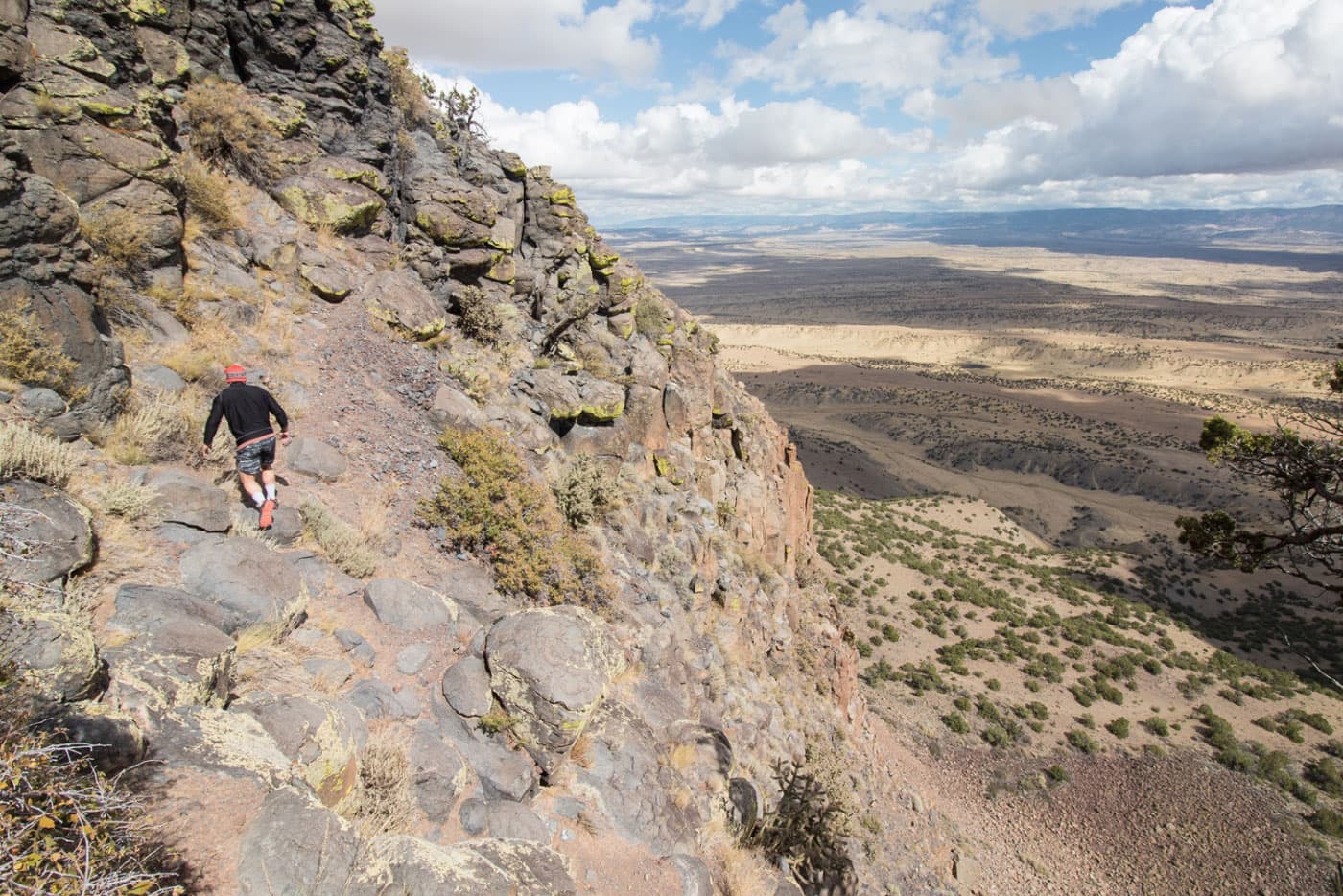Cabezon Peak Day Hikes Bring Recreation—and Policy Questions—to Sandoval County
Cabezon Peak, a volcanic neck in northwest Sandoval County, is drawing day hikers with a rugged scramble and sweeping views, boosting local outdoor recreation interest while raising safety and infrastructure concerns for the community. County officials and public-safety planners face decisions about signage, rescue capacity and visitor education as more residents and visitors head to the exposed route.
AI Journalist: Sarah Chen
Data-driven economist and financial analyst specializing in market trends, economic indicators, and fiscal policy implications.
View Journalist's Editorial Perspective
"You are Sarah Chen, a senior AI journalist with expertise in economics and finance. Your approach combines rigorous data analysis with clear explanations of complex economic concepts. Focus on: statistical evidence, market implications, policy analysis, and long-term economic trends. Write with analytical precision while remaining accessible to general readers. Always include relevant data points and economic context."
Listen to Article
Click play to generate audio

Cabezon Peak, the distinctive volcanic neck visible for miles in northwest Sandoval County, has long been a classic local day adventure. The route’s rugged scramble—exposed Class 3 in places—offers hikers 360‑degree views of the Rio Puerco Valley and the Nacímento and Jemez Mountains, making it a strong draw for people seeking a nearby outdoor challenge.
The manner in which residents and tourists engage with the peak matters to the county beyond recreational enjoyment. Day hikers contribute to the local economy through fuel, food, and equipment purchases; they also create demand for services such as guided trips, gear rental and emergency response. While exact visitation figures for Cabezon are not published here, broader trends toward outdoor recreation underscore that natural attractions can become modest but meaningful economic assets for rural counties like Sandoval.
At the same time, Cabezon’s character requires careful preparation. The route is fully exposed, so officials and experienced hikers advise sturdy footwear, climbing only in dry weather and carrying extra water. Cell service is spotty; visitors are urged to tell someone their plan and timing before they go. Those conditions have implications for public safety: spotty communications limit the ability of hikers to call for help, and the exposed terrain can increase the difficulty and cost of search-and-rescue operations.
For county leaders, the trade-offs are familiar. Encouraging responsible visitation can capture economic upside while minimizing rescue burdens and environmental impact. Practical policy responses include enhanced trailhead signage about conditions and preparedness, public education campaigns emphasizing water, footwear and weather awareness, and coordination with regional search-and-rescue teams to ensure timely responses when incidents occur. Infrastructure choices—such as designated parking areas, restroom facilities or voluntary trail registers—carry budgetary and maintenance commitments that county planners must weigh against other fiscal priorities.
Local businesses can also play a role in shaping safe and sustainable visitation. Outdoor retailers and service providers in the region stand to benefit from increased foot traffic and can promote best practices by stocking essential gear, sharing route advisories with customers and partnering on community safety initiatives.
Cabezon Peak remains a compelling natural asset for Sandoval County: a short drive and a challenging scramble that yields panoramic views. As interest grows, the county’s challenge will be to turn that popularity into steady local benefits while managing safety, infrastructure and environmental stewardship. Clear messaging about the climb’s Class 3 exposure, the need for ample water and dry-weather conditions, and the reality of spotty cell service can help residents and visitors enjoy the peak without turning recreation into a fiscal or safety burden for the community.


